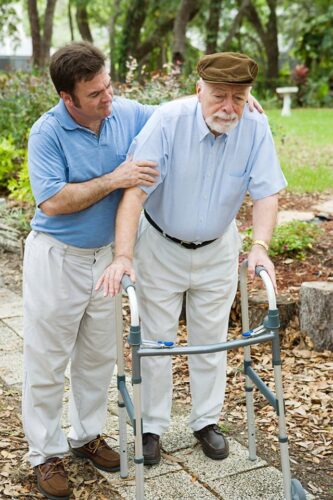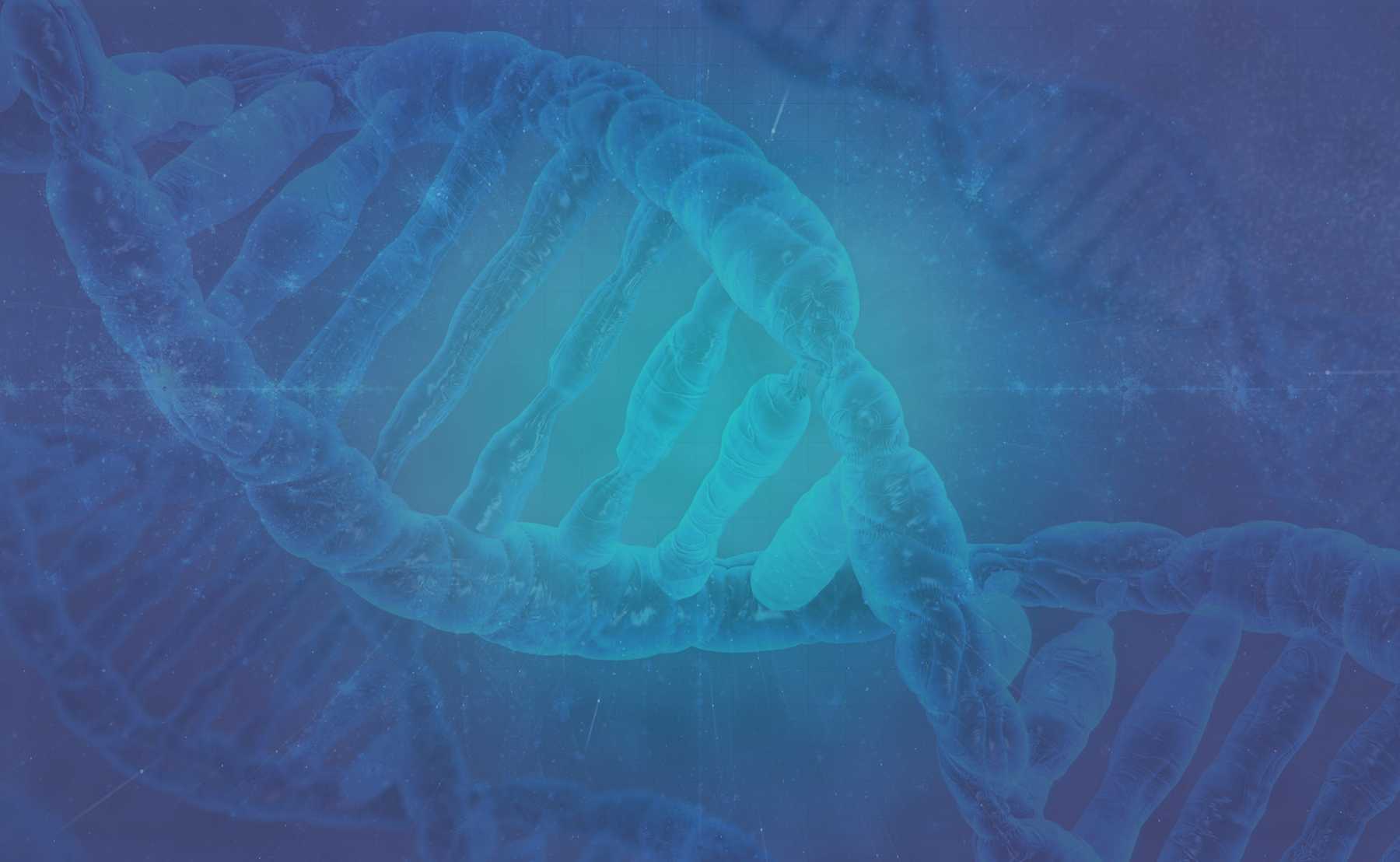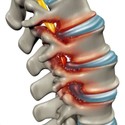Spinal Stenosis Treatment in Pittsburgh PA
What Is Spinal Stenosis?
A “stenosis” is when there is a narrowing of a structure. Spinal stenosis refers to a narrowing of the spine. When this occurs, the spinal cord becomes compressed. This can affect the brainstem, spinal cord, nerve roots and peripheral nerves. Stenosis can pinch the nerves, and cause issues far away from the spinal cord itself.
What Are The Symptoms of Spinal Stenosis?
Spinal stenosis can cause pain, numbness, tingling, loss of balance control, muscle weakness, muscle atrophy, and loss of the ability to walk. It starts off as a minor issue, and gets worse over time.
How Is Spinal Stenosis Diagnosed?

After reviewing the medical history, the next step is to do a thorough neurological examination. The doctor should check vestibular (balance) function; assess the sensory pathways and the motor pathways. The doctor will consider risk factors such as cigarette smoking, obesity and muscle tone.
After this an imaging study (x-ray, MRI, CT Scan) is often warranted. Things that are checked for include arthritis, herniated disc, bone infections, thickening of the ligaments, and other bone problems.
What Is the Medical Standard for Treating Spinal Stenosis?
The standard of care for treating spinal stenosis includes non-steroidal anti-inflammatory medications, cortisone injections, opioids, and anti-seizure medications (like Gabapentin and Lyrica). Medical doctors might refer the patient to a physical therapist to build strength and improve muscle function.
Surgery is considered when the patient fails to respond to medical interventions. Common procedures include attempting to decompress the spinal cord via laminectomy. Outcomes vary, and like all surgeries, there are risks.
What Is Our Approach to Providing Spinal Stenosis Relief?
Our approach gets excellent outcomes with some patients feeling better after only a few treatments. Each client needs to be evaluated first to determine if they are a good candidate for treatment. If the individual is within our ability to provide a good outcome, they will be accepted into our care plan. If the problem is so bad that I don’t feel they would do well with the treatments, they may need to be referred out.
Frequently Asked Questions
When is surgery needed for spinal stenosis?
Surgery should only be considered after you have first tried every conservative treatment first.
What activities should you avoid with spinal stenosis?
You want to avoid any high-impact activities (like running, plyometric exercises, aerobics, etc..), and focus on low-impact activities (like swimming, walking, and resistance training).
What causes spinal stenosis?
Stenosis can be caused by arthritis, herniated disc, infections, thickening of the ligaments, and gradual narrowing of the vertebral canal.
How do you test for spinal stenosis?
After reviewing the medical history, the next step is to do a thorough neurological examination. The doctor should check vestibular (balance) function; assess the sensory pathways and the motor pathways. The doctor will consider risk factors such as cigarette smoking, obesity, and muscle tone. After this, an imaging study (x-ray, MRI, CT Scan) is often warranted.
What is the prognosis for spinal stenosis?
The prognosis of spinal stenosis depends on the severity of the problem, if it is affecting neurological function, complicating factors, the patient’s age, and their own innate recuperative powers of recovery. There is one rare occasion where surgery is needed. It is called cauda equina syndrome. This results when the spinal cord is so badly compressed, it affects bowel & bladder function. However other than that, stenosis can be managed through conservative non-surgical means.




